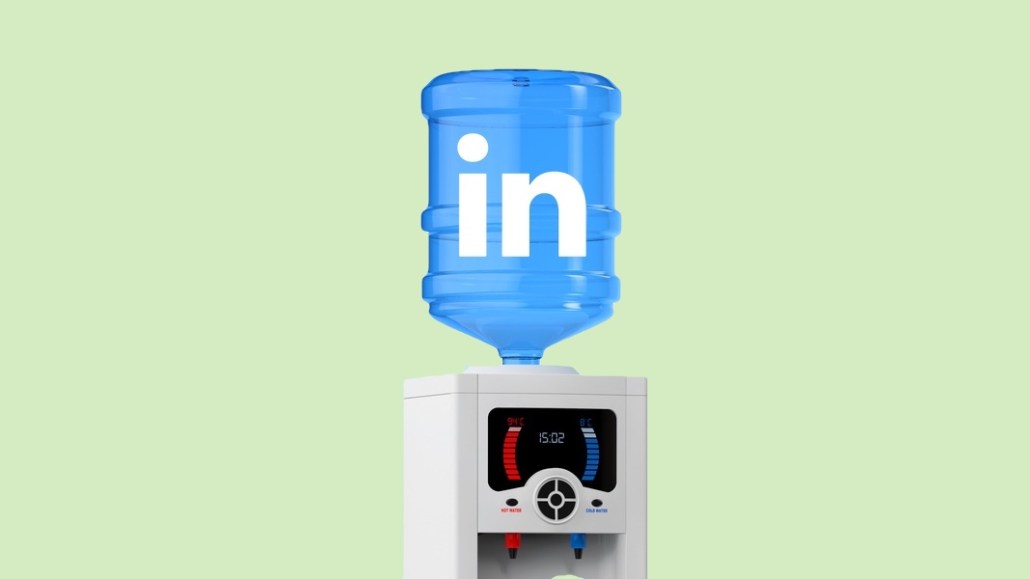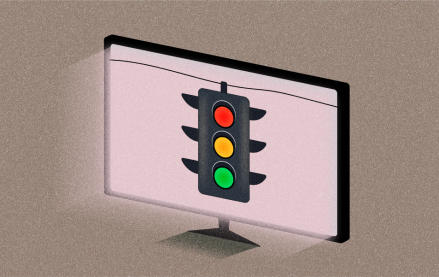LinkedIn makes it easier for creators to track performance across platforms

LinkedIn is stepping up its pitch to creators and advertisers with a new update launching today. For the first time, creators can plug LinkedIn performance metrics directly into the third-party tools they already use to manage and track content.
LinkedIn’s new Member Post Analytics application programming interface (API) is now available to creators using 11 third-party tools and platforms, with more integrations planned in the coming year, according to LinkedIn director of creator products Sam Corrao Clanon. Currently, the full list of vendors that have access to the new data API includes Hootsuite, Buffer, Sprinklr, Metricool, Oktopost, Zoho, mLabs, Social Pilot, Later, Publer and Vista Social. Third-party vendors do not have to pay LinkedIn for access to the new API, with a free approval form available on LinkedIn’s website.
“What this will do on the creator side, and specifically with regard to their relationship with advertisers, is give a more complete picture of what their reach looks like across platforms, from whatever tool they use,” Clanon said.
Instead of navigating through their personal LinkedIn dashboard, creators can now access key performance metrics — like follower growth, post impressions and video views — directly through third-party tools. These include influencer management platforms like Later, as well as scheduling and automation tools like Hootsuite.
“Our goal is to make the value of LinkedIn as accessible as possible for people who are contributing their knowledge and their expertise and their network,” Clanon said.
For LinkedIn, this marks a strategic move to position itself more firmly in the creator economy — and make the platform more attractive to advertisers investing there. By allowing creators to integrate performance data into third-party tools, LinkedIn is reducing friction in campaign reporting and making it easier for brand partners to assess ROI. It also signals that LinkedIn wants to compete more directly with platforms like Instagram and TikTok for creator attention — and ad dollars.
In addition to allowing creators to access their own post metrics, platforms like Later make it easier for creators to share the performance of specific posts and campaigns with sponsoring brands.
Later’s platform automatically compiles performance data from brand partnership content, so that creators needn’t manually report the success metrics of their posts, noted Later CEO Scott Sutton.
“Later leverages integrations with all major social networks to ingest that content performance data and summarize it for the brands creators partner with,” Sutton said. “Once integrated with Later, LinkedIn’s Member Post Analytics API will enable creators to have performance metrics automatically ingested in the same way they can for any other social network.”
Ogilvy senior director of social Jennifer Winberg told Digiday that LinkedIn’s new API was a positive sign for advertisers because it brings LinkedIn creator metrics more in line with the workflows they use on other platforms.
“When you look at a 360 social campaign, you get a lot of data from the platforms; for LinkedIn, you don’t, because it’s a little bit more behind private walls and things like that,” Winberg said. “So, that’s something we, as marketers, are always evaluating — that you’re not going to get as much data on LinkedIn as you would on something like a Meta or an X.”
However, Winberg cautioned that regardless of the platform, her clients broadly trust creator metrics shared directly by creators more than metrics pulled from third-party platforms. Although third-party platforms can glean accurate data by plugging into official APIs, the rate at which they refresh their data varies, meaning different platforms can display different figures depending on when and how one accesses a creator’s metrics.
“There might also be things that you want to dive deeper into, like demographics or locations,” Winberg said.
LinkedIn creator Gigi Robinson, who uses Later to manage her posts across a range of personal and business accounts on different platforms, welcomed the new API, viewing it as continued evidence that LinkedIn is focused on improving creators’ experience on the platform. However, she was skeptical that the expanded API would help her sign more brand partnerships on LinkedIn. At the moment, the overwhelming majority of Robinson’s LinkedIn sponsorships have resulted from direct relationships, rather than the partnership marketplaces operated by companies such as Later.
“If anything, it would just help with the sourcing for these brands — or, potentially, identifying which creators to use as a creator agent myself,” Robinson said.
LinkedIn creators have long perceived that the platform’s algorithm prioritizes live posts over scheduled posts, according to creator April Little, who said she has used tools such as Buffer to schedule her posts on the platform. She said that she was hopeful that the expansion of an official data API to third-party scheduling tools indicated that LinkedIn might start rewarding creators for scheduling posts instead. A LinkedIn representative denied that the platform prioritizes posts based on where they were published, saying the company’s focus is matching content and conversations to relevant viewers.
“You can schedule stories and posts on Instagram — but with LinkedIn, the common consensus has been that it feels like, if there’s something you really want to perform well, you want to be online for that,” Little said.
In recent weeks, LinkedIn has cracked down on some third-party apps that tap into the platform’s data to analyze creators’ top content or schedule posts, such as Kleo, whose founder Jake Ward wrote that he had sunsetted the application after “LinkedIn came knocking.”
A LinkedIn representative denied that there was a connection between the timing of the decisions, saying the shutdown of Kleo and Taplio had resulted from company policies against third-party scraping of users’ data.
“Our teams at LinkedIn invest in technology and take action when necessary to detect and prevent our members’ information from being scraped and used without their consent,” said a LinkedIn spokesperson.
Regardless of LinkedIn’s reasons, both influencer marketers and LinkedIn creators view the company’s crackdown on third-party apps — and its ensuing embrace of some third-party platforms through its new API — as a sign that LinkedIn is formalizing the presence and quality of third-party apps on the platform.
“From a macro perspective, they’re clearly doing a lot more to support the ecosystem, encouraging people to create and participate, and they’re trying to streamline that as much as possible,” said Brendan Gahan, CEO of the B2B influencer marketing agency Creator Authority. “To me, this is just one of these many, many things that they’re doing to help creators.”
More in Media

What publishers are wishing for this holiday season: End AI scraping and determine AI-powered audience value
Publishers want a fair, structured, regulated AI environment and they also want to define what the next decade of audience metrics looks like.

Media giant Essence launches a marketplace for Black women-led brands
Essence has launched WeLoveUs.shop, a new online marketplace dedicated to Black women-led brands.

In Graphic Detail: The state of AI referral traffic in 2025
The stats reveal a new audience pipeline forming outside of traditional search and social platforms.








